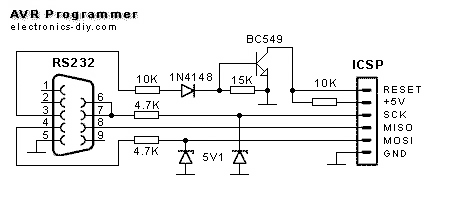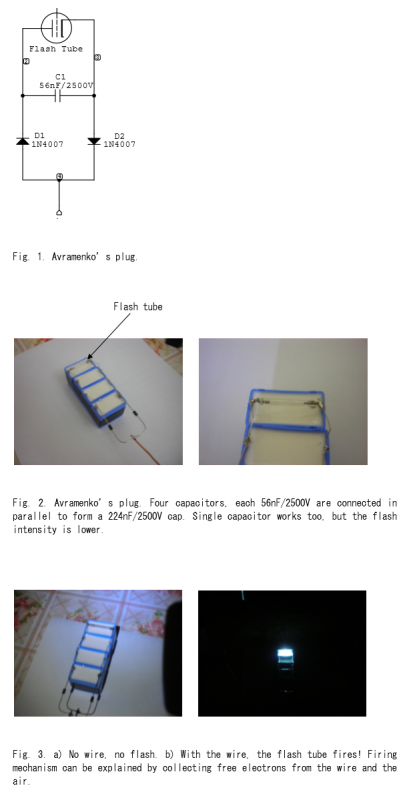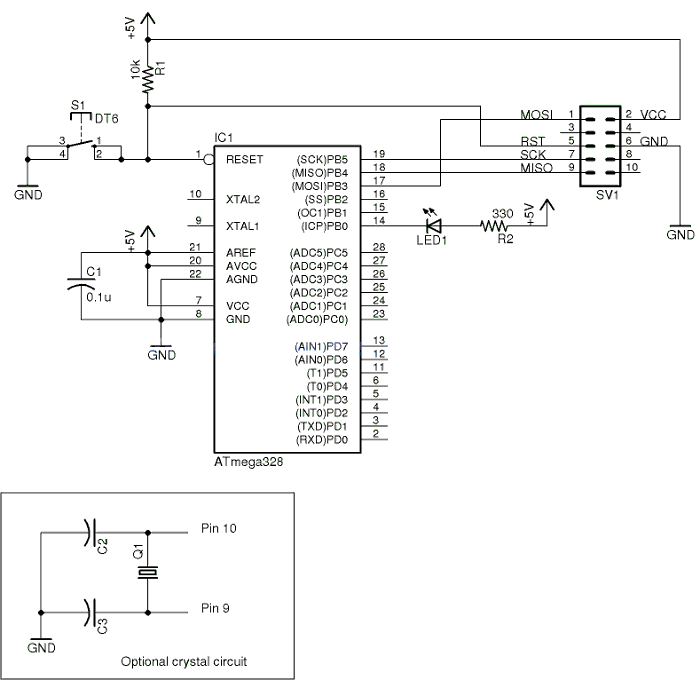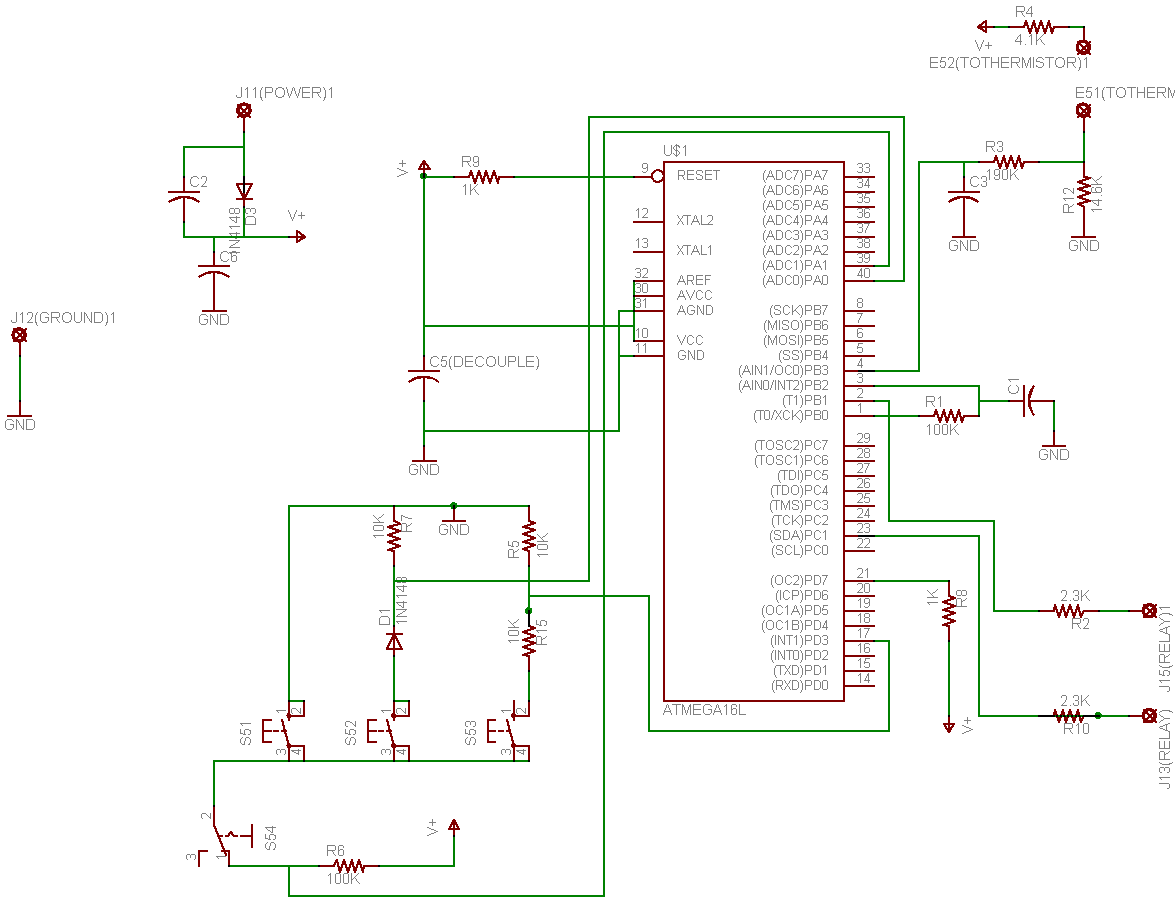
AVR Programming The Hardware
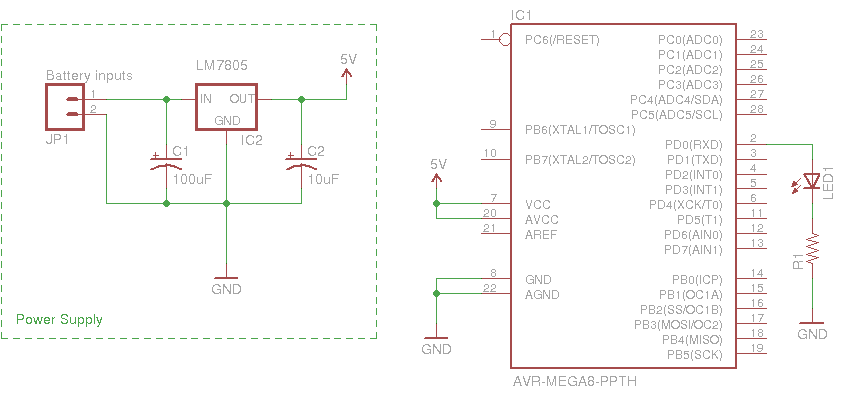
The most eloquent code in the history of embedded systems is rendered worthless without a means to execute it on the hardware.
In embedded systems design, the execution of code on hardware is a critical aspect that determines the overall functionality and performance of the system. The hardware serves as the physical platform where the embedded software operates, and its architecture must be compatible with the software being developed.
An embedded system typically consists of a microcontroller or microprocessor, memory, input/output interfaces, and various peripherals. The microcontroller acts as the brain of the system, executing the programmed instructions. Memory is divided into volatile (RAM) and non-volatile (Flash, EEPROM) types, where the former is used for temporary data storage during operation, and the latter retains the program and critical data when power is off.
Input/output interfaces are essential for the system to interact with the external environment. These can include digital and analog inputs, communication protocols (such as UART, SPI, I2C), and user interfaces (buttons, displays). The choice of hardware components must align with the intended application to ensure that the embedded code can effectively control and communicate with these elements.
Additionally, the integration of development tools and debugging interfaces is vital for testing and validating the code on the hardware. Tools such as in-circuit debuggers, emulators, and programming software facilitate the deployment of code onto the hardware and enable developers to monitor the system's behavior in real-time.
In summary, the synergy between eloquent code and compatible hardware is essential for the success of embedded systems. Without appropriate hardware, even the most sophisticated software remains unutilized, highlighting the importance of a well-designed electronic schematic that encompasses all necessary components for effective operation.You may be able to write the most eloquent code in the history of embedded systems but without a way to run it on the hardware it will be worthless.. 🔗 External reference
In embedded systems design, the execution of code on hardware is a critical aspect that determines the overall functionality and performance of the system. The hardware serves as the physical platform where the embedded software operates, and its architecture must be compatible with the software being developed.
An embedded system typically consists of a microcontroller or microprocessor, memory, input/output interfaces, and various peripherals. The microcontroller acts as the brain of the system, executing the programmed instructions. Memory is divided into volatile (RAM) and non-volatile (Flash, EEPROM) types, where the former is used for temporary data storage during operation, and the latter retains the program and critical data when power is off.
Input/output interfaces are essential for the system to interact with the external environment. These can include digital and analog inputs, communication protocols (such as UART, SPI, I2C), and user interfaces (buttons, displays). The choice of hardware components must align with the intended application to ensure that the embedded code can effectively control and communicate with these elements.
Additionally, the integration of development tools and debugging interfaces is vital for testing and validating the code on the hardware. Tools such as in-circuit debuggers, emulators, and programming software facilitate the deployment of code onto the hardware and enable developers to monitor the system's behavior in real-time.
In summary, the synergy between eloquent code and compatible hardware is essential for the success of embedded systems. Without appropriate hardware, even the most sophisticated software remains unutilized, highlighting the importance of a well-designed electronic schematic that encompasses all necessary components for effective operation.You may be able to write the most eloquent code in the history of embedded systems but without a way to run it on the hardware it will be worthless.. 🔗 External reference


